Search
Search Results
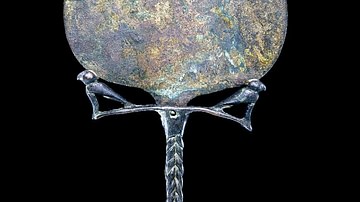
Article
Ancient Egyptian Science & Technology
The great temples and monuments of ancient Egypt continue to fascinate and amaze people in the modern day. The sheer size and scope of structures like the Great Pyramid at Giza or the Temple of Amun at Karnak or the Colossi of Memnon are...
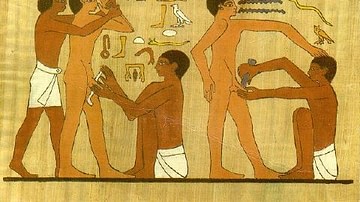
Definition
Egyptian Medicine
Medical practice in ancient Egypt was so advanced that many of their observations, policies, and commonplace procedures would not be surpassed in the west for centuries after the fall of Rome and their practices would inform both Greek and...
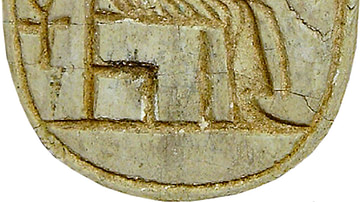
Article
The Egyptian Amulet: Pious Symbols of Spiritual Life
Material Objects & Cultures Material objects convey volumes about the people who possessed them. Cultures and societies in every generation are in part classified - either correctly or incorrectly - by the objects or symbols they select...

Image
Armlet with Mummiform Gods from Meroe
Gold armlet with depictions of mummiform gods. From the treasure of the Nubian queen Amanishakheto, pyramid N6, Meroe, modern-day northern Sudan. Meroitic period, around 1 CE. (State Museum of Egyptian Art, Munich, Germany).

Article
Ancient Egyptian Agriculture
Agriculture was the foundation of the ancient Egyptian economy and vital to the lives of the people of the land. Agricultural practices began in the Delta Region of northern Egypt and the fertile basin known as the Faiyum in the Predynastic...

Article
The Egyptian Afterlife & The Feather of Truth
Is it possible to have a heart that is lighter than a feather? To the ancient Egyptians it was not only possible but highly desirable. The after-life of the ancient Egyptians was known as the Field of Reeds, a land just like what one knew...

Image
Ramesses II Offering to the gods at Wadi es-Sebua
Relief in the Wadi es-Sebua temple depicting Ramesses II (r. 1279-1213 BCE) making an offering to the gods. Approached by an avenue of sphinxes, the Wadi es-Sebua temple was built during the reign of Ramesses II and dedicated to Amun-Ra...

Definition
Egyptian Faience
Egyptian faience is a glassy substance manufactured expertly by the ancient Egyptians. The process was first developed in Mesopotamia, first at Ur and later at Babylon, with significant results but faience production reached its height of...
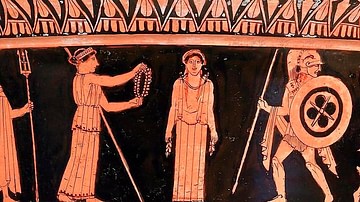
Image
Pandora Receiving Gifts from the Gods
A detail of a 5th century BCE Attic red-figure vase depicting Pandora being given her divine gifts from the Olympian gods. (British Museum, London)
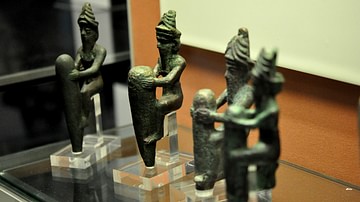
Image
Copper alloy foundation figurines with pegs representing Gods
Each peg has a very faint cuneiform inscription of Gudea, the ruler of the city-state of Lagash. Foundation pegs were buried in the foundation of buildings to magically protect them and preserve the builder's name for posterity. In this...